Aluminium has long been thought of as the cheaper, harsher frame material for road bikes. Compared to carbon fibre frames, aluminium bikes do often cost less, but they don't exactly dominate the pro peloton (in fact, all pro bikes are carbon nowadays). The benefit of aluminium doesn't lie in its stiffness or racing prowess, though; instead, alloy bikes are more cost-effective and with modern manufacturing techniques, can be just as comfortable as carbon.

Best overall aluminium road bike: Cannondale CAAD13 Disc 105

Best aluminium road bike for racers: Specialized Allez Sprint Comp

Best budget flat bar aluminium road bike: Merida Speeder 20D

Best value aluminium road bike: Boardman SLR 8.8

Best all-rounder aluminium road bike: Kinesis R2

Best money-no-object aluminium road bike: Mason Definition 3.0
In the past, aluminium road bikes were notorious for their harsher ride quality, and became unpopular with some cyclists who demanded a smoother experience; however, this perception has faded over time as the construction methods have improved drastically. The frames are designed so that just the right amount of metal is strategically placed to maintain frame rigidity without causing discomfort.
The technological breakthrough of hydroforming, where aluminium tubes are shaped under immense pressure, played a crucial role in the renaissance of aluminium in the last decade. Modern aluminium road bikes not only benefit from design advancements, but also offer a smoother ride by accommodating fatter tyres. Opting for the widest tyres helps mitigate the harshness often associated with aluminium bikes.
It’s a long time since the rider of an aluminium bike won the Tour de France, with Marco Pantani the last to bag a yellow jersey riding alloy when he propelled his Bianchi Mega Pro XL to success. These days it’s all about carbon fibre in the professional racing circuit, but despite its dominance, aluminium refuses to disappear. Away from the pro ranks, it is highly regarded and a very good material to make a bicycle from.
Aluminium is enjoying a resurgence of interest at the moment. While traditionally an amateur rider might ride a carbon fibre frame as their 'best' bike and purchase a cheaper alloy one for riding in winter and muckier conditions, some manufacturers have been pushing the material so their bikes are more than worthy of being the best bike in your stable. Smart consumers realise that you get a lot of performance and equipment, and in terms of value for money, aluminium is tough to beat.
With aluminium alive and kicking, here are some of the best aluminium road bikes currently available. If you are looking beyond alloy, you can of course check out our guide to the best road bikes that covers a wide range of frame materials and price points, and if you want to narrow your search down to budget options, head over to our guide to the best road bikes under £1,000. If you want to know a little bit more about how we make our selections, see this article on how road.cc reviews products.
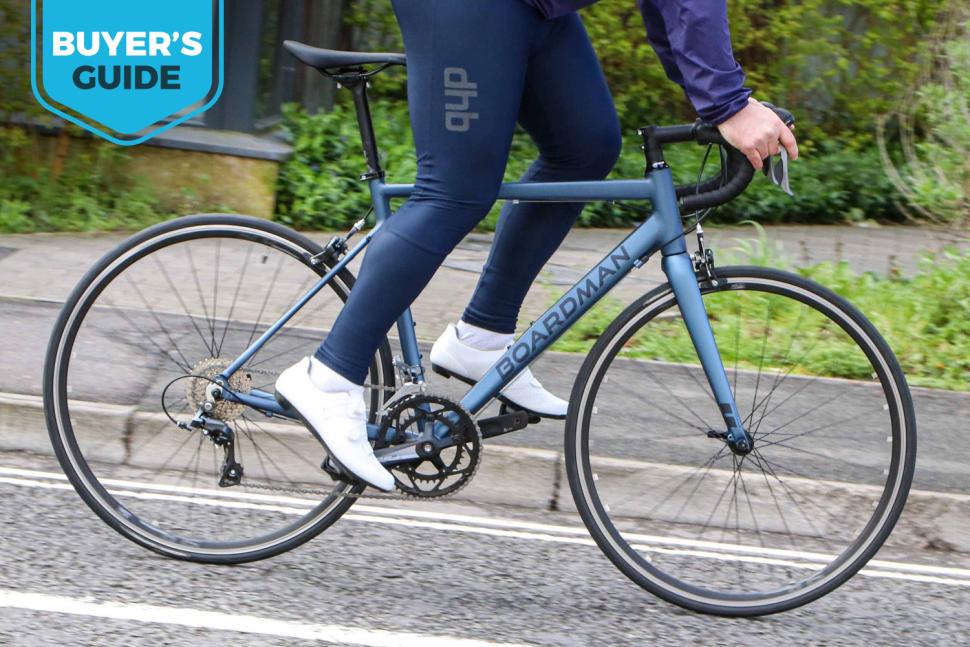






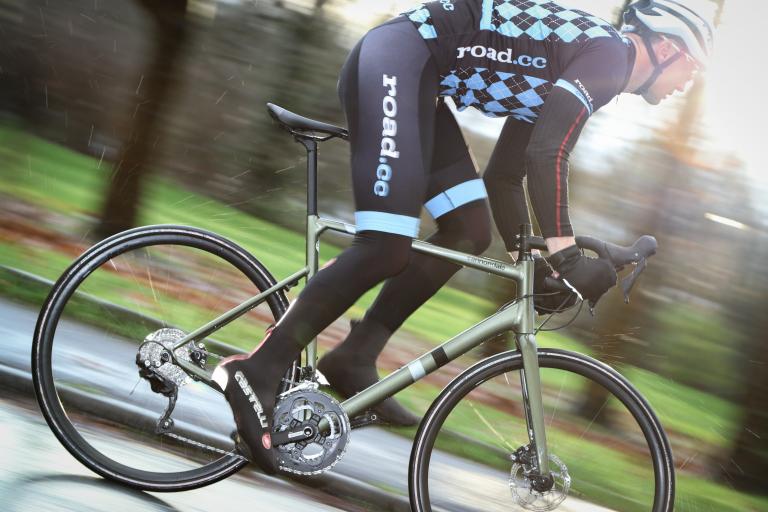
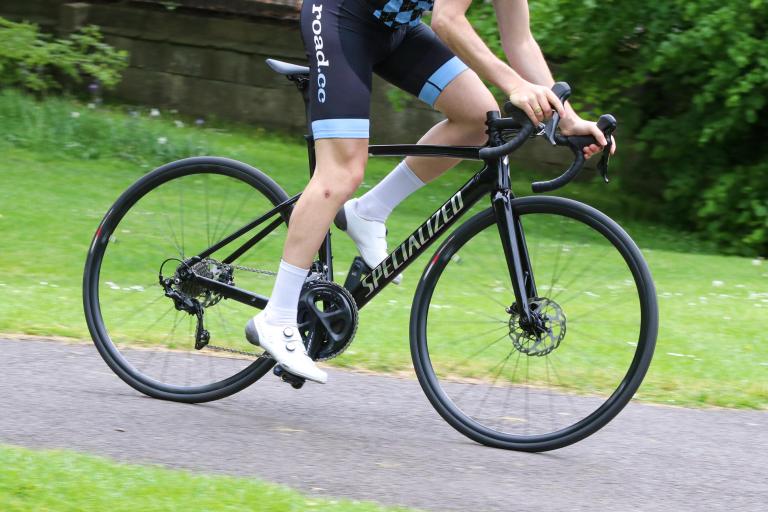
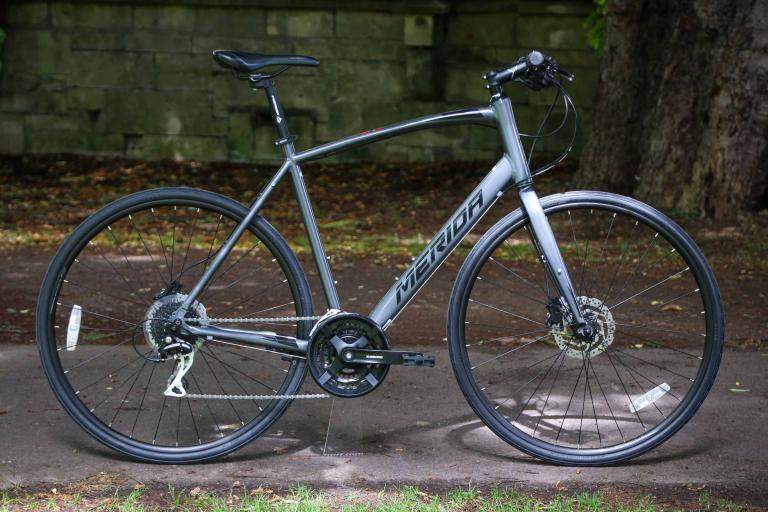


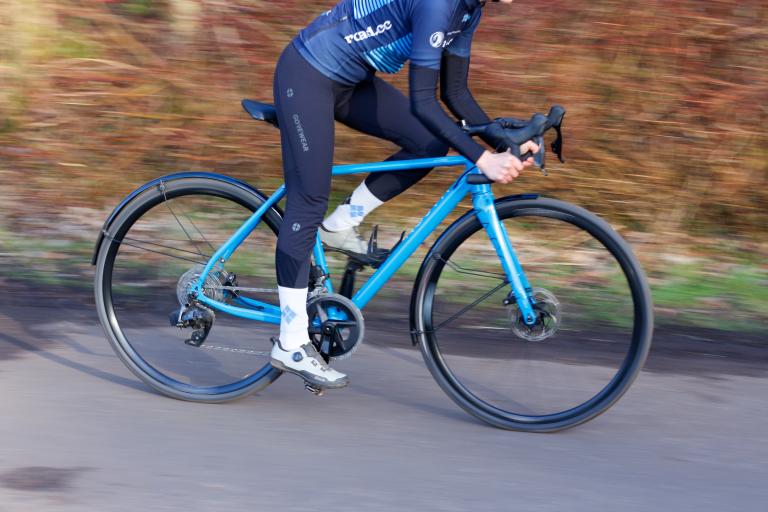
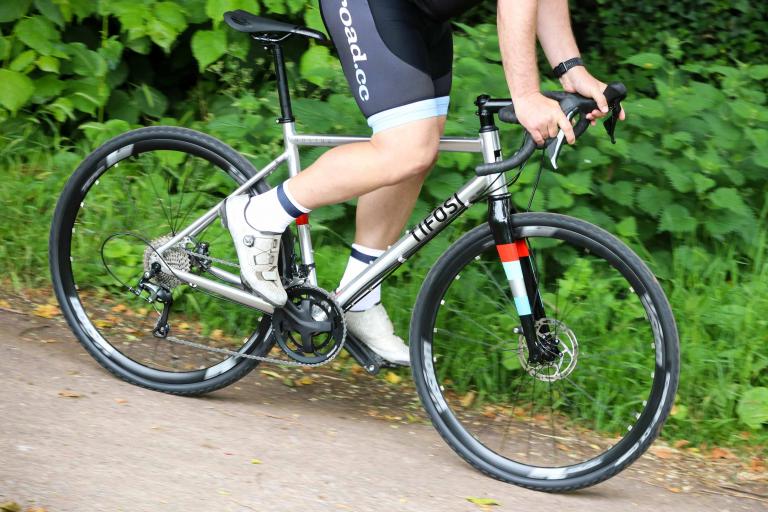

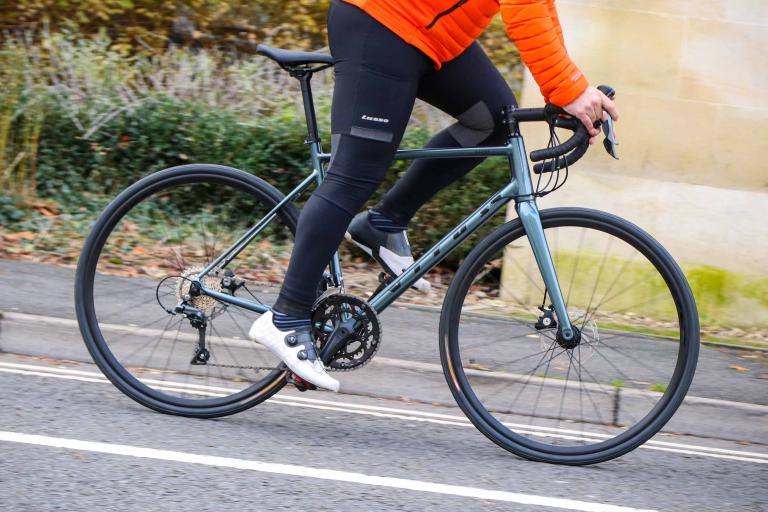

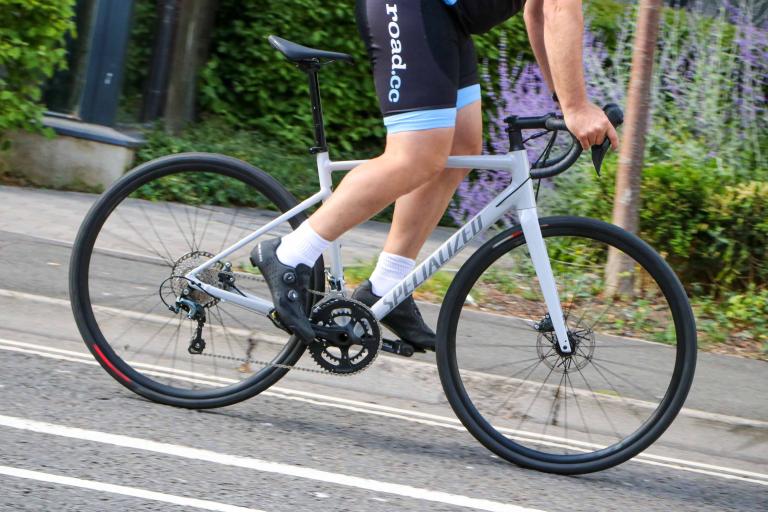
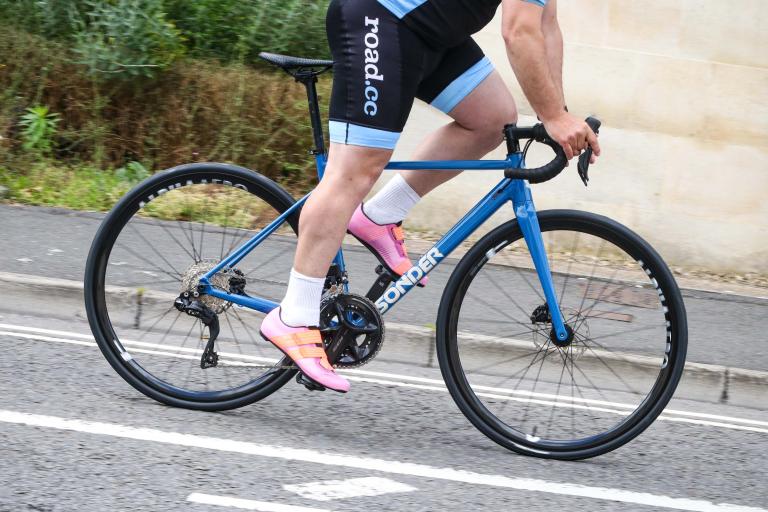
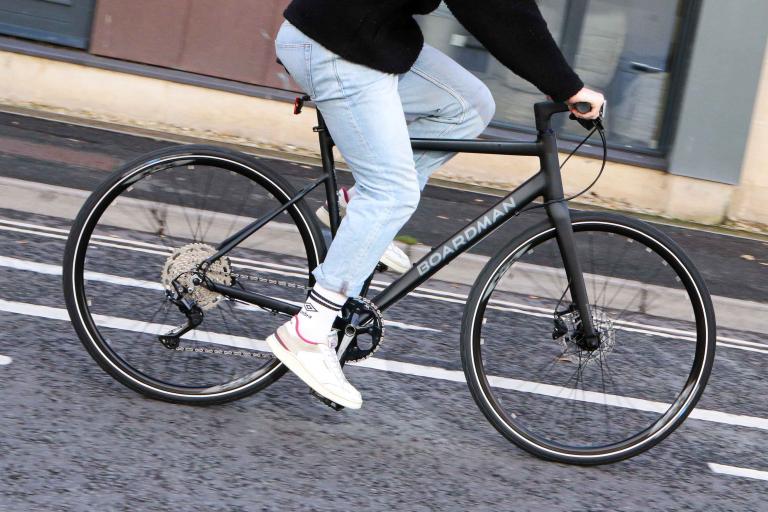
Add new comment
50 comments
aluminium frames often have a tube wall thickness twice the diameter of comparable steel frames
Some editing required! I believe the main point, though. I used to think that aluminium frames would shake you to bits, and my own frames are all steel and titanium. However, I have been on even cheap alu frames and found them to be perfectly OK and would be quite happy to buy one now.
I'm more interested in the Sonder with a "97mm" wheelbase...might have some toe overlap 😂
Apologies for the oversight there, it's been corrected. Obviously it should have said 97ft🤦♂️
Ms Tillett, Your article betrays your complete ignorance on the topic of bicycle frame materials and their contributions to ride quality. In the physical universe we inhabit, rigid double triangle bicycle frames do not flex at all in the vertical plane during normal usage. This has been studied extensively and is well-known to science and the industry for 30+ years now. https://www.cyclingabout.com/why-impossible-steel-frames-more-comfortabl... ...among many other sources, written by individuals with at least a basic grounding on the topic. It would be better if you stopped spreading old-wives' tales under the guise of journalism.
Is that how you speak to people?
Obviously, it is -- when they publish articles full of long-since disproven fake news.
So angry!
The article you've linked to only takes vertical stiffness into consideration. There are also other factors within the frame material and construction that affect how a bicycle rides and feels, such as BB & head tube deflection.
Here's an article on the same site by the same author, from which you can learn about how frame material makes a difference to frame flex.
https://www.cyclingabout.com/why-frame-stiffness-is-critical-in-understa...
You're welcome.
That article involves lateral stiffness, which has nothing to do with ride comfort.
Rigid bicycle ride comfort is determined almost completely by the following factors, in roughly this order: tire pressure, seat post stiffness, fork stiffness in the vertical plane, handle bar stiffness, and saddle construction.
Again, this has been repeatedly proven over decades, and such is not complicated. Rigid double-triangle frames are two orders of magnitude stiffer in the vertical plane than all of the components which are attached to them. And since the rider does not touch the frame, and since all of those components will deflect to failure before the frame even begins to deflect, the frame and its material cannot be a factor in ride quality.
You are welcome to continue believing that the Sun orbits the Earth -- so to speak -- if you like, but don't pretend that science has not long-since disproven your old wives' tales and don't spread them around.
Is this a bot account?
The article does not use a single instance of the word "lateral" - it mentions "feel" 24 times and "stiffness" 61 times. Read the article and you'll see.
No Mark, this is not a bot account -- just someone much better versed on the topic than you are.
"And finally, we can look at the vertical stiffness of a frame, which I’ve previously discussed in this article about frame comfort." -- the article you cited
Also, take a gander at the picture of the test rig in that article -- which bends the frame laterally.
You're a LEGEND
Maybe if you got off your high horse for a moment, and actually got on some bikes from different frame materials, you'd see for yourselve that there's (way) more nuance to all of this.
I own a few nineties mountain bikes, which are pretty similar exept for their frame material and they way they are built.
My titanium one feels vastly different from the simple aluminium one, which has plain gauge, oversized tubes. That alu bike rides very harsh. The higher end Cannondale on the other end doesn't have that same harshness.
My steel one has a feeling somewhere in between the titanium and the harsh alu one. If you have the chance, try a wooden framed bike, as they have a very nice dampening effect other than all other materials.
Theory is nice and important, but actuall results always trump theory.
I'm not convinced that frame materials make much difference compared to components such as tyres that drastically change the ride feel just by altering the pressure. However lots of riders claim that the frame does have a big part to play and I wonder if that's just confirmation bias.
A lot of the talk about frames will use terms such as harshness, but can we put a number to the "harshness" value that can be measured? Is it to do with vertical/lateral stiffness or is it to do with which vibrations are dampened? Until we can assign numbers to the harshness, it seems a bit undefined.
All materials have their own characteristics, like how well it dampens vibrations.
The oversized tubes of the typical aluminium frame play a role there too.
Even though I don't have those numbers at hand, I'm pretty sure it can be (and has been) measured.
I don't doubt that different materials do affect properties of the frame e.g. aluminium will be made stiff enough to not bend in normal use as it will fail quickly due to metal fatigue i.e. it has no endurance limit, whereas steel does have an endurance limit and can be utilised so that some bending can occur without weakening it. Those properties usually translate to different figures for vertical/horizontal compliance which can indeed be measured, but those figures are far smaller than the compliance associated with tyres/seatposts/stems. This implies to me that the frame has a very minor role in compliance, though the shape and design of it has a big impact on handling.
Yes, we can -- and have -- put numbers on frame "harshness". We do that by measuring the force required to deflect the frame vertically -- since this is how energy from surface imperfections is transmitted to the rider's body.
And those numbers prove -- beyond a shadow of a doubt -- that rigid bicycle frames do not deflect at all vertically, when used as a bicycle. If you used one, say, as a truss to support a bridge, it would deflect. But during normal usage -- supported by pneumatic tires, on spoked wheels, riden by human holding a handlebar, etc -- rigid bicycle frames do not deflect in the vertical plane, and therefore make no contribution to "harshness". Ride quality is, as I already explained, determined entiirely by tire pressure and attached componentry.
This issue has been studied for several decades, and the answer should not be news to you, and certainly should not be unknown to the writers and editors of road.cc ( although admittedly, the latter group has a financial motivation to continue spreading the old wives' tale that expensive frame materials affect comfort ).
Vertical deflection is not the full story, however. Noise dampening of the system is an important quality of the materials involved.
There is no definitive measure of that yet that I'm aware of and this contributes greatly to the feel and what's labelled as compliance.
The article you linked to even discusses this and mentions that tyres around 40mm and abive tend to mask any dampening properties. Road tyres will still typically result in the dampening properties of the system being apparent.
Life is much better when we can talk to each other respectfully and calmly.
With respect to the claim that frame material has an effect on ride comfort, vertical deflection is the full story. Also, the word you are seeking is "damping", not "dampening" -- the latter means to wet.
Yes, we can measure vibration. There is, however, no point in measuring the vibration of a bicycle frame, since the rider does not touch the frame, and in fact, does not even touch any component that touches the frame. So, until and unless you can develop headset bearings, bottom bracket bearings, grease for those bearings, saddles, and handlebars that faithfully reproduce the vibrations to which they are exposed, believing that frames effect the vibrations felt by the riders is just so much more superstition. Hell, the bicycle frame is not even in the path which vibrations travel from the front wheel to the handlebar, so it is completely irrelevant at the front of the bike.
It's also better when we understand the words, and use the correct ones. It is "damping". It is better still when we don't spread around nonsensical superstitions that conflict with all known science.
As I said, the primary driver of rider comfort is tire pressure. And no one with any clues is still running 19mm tires at 130 psi anywhere but a velodrome, and even those tires were softer in the vetical plane than any commercially-manufactured frame.
I own ten bikes presently -- titanium, carbon, aluminum, and steel -- and have owned bicycle frames made from every common material. I have also built my own frames from several materials.
That said, it wouldn't matter if I had never even touched a bicycle. What matters is that bicycle frames have been tested, in labratories, by extremely competent people, and the results are always the same -- they simply do not flex vertically before the attached components are subject to force beyond that which they can withstand.
This is not "theory", as you attempted to call it.
The "actual results" to which you refer could not be more clear. As previously explained, tests of rigid bicycle frames constantly confirm that they are two orders of magnitude stiffer in the vertical plane than any components which are attached to them. That "actual result" trumps your wishful thinking.
Read the aforementioned article that explains why your belief is physically impossible, in the physical realm that we inhabit.
You keep talking about frames not 'flexing'.
That's all fine and dandy, but that's not what I was talking about. I was talking about the harshness and the ride feel, which are influenced by the DAMPENING PROPERTIES of the different materials.
Those are not the same.
Perhaps you have learned a little then -- are you now admitting that rigid bicycle frames do not flex in the vertical plane under normal usage?
As I had to explain to the other individual, the word you are seeking is "damping", not "dampening" -- the latter means to wet.
And, further, such claims about the vibration damping of bicycle frames are just more old wive's tales. As I previously explained:
The rider does not touch the frame, and in fact, does not even touch any component that touches the frame. So, until and unless you can develop headset bearings, bottom bracket bearings, grease for those bearings, saddles, and handlebars that faithfully reproduce the vibrations to which they are exposed, believing that frames effect the vibrations felt by the riders is just so much more superstition. Hell, the bicycle frame is not even in the path which vibrations travel from the front wheel to the handlebar ( which is tire->rim->spoke->hub->blade->crown->steerer->stem->handlebar -- as you ought to know ), so it is completely irrelevant at the front of the bike.
Perhaps 'damping' is the term of art an engineer would use here--I have no idea, as I am not one. But in everyday usage 'dampening' is just fine. When we say "The rain dampened everyone's spirits", we mean that the rain deadened or reduced the vigor of their spirits, not that it made their spirits wet.
If you're going to be a dick, at least be right.
And are we discussing engineering here, or talking about the weather?
Thanks for the tip -- but I am right, so right back atchya.
You claimed that 'dampen' only means 'to wet'. I pointed out that you're wrong, and that 'dampen' has a meaning that is perfectly consistent with its use by other posters.
Furthermore, in the context of the present discussion, the difference between the term of art 'damping' versus the colloquial 'dampening' does not matter at all because it is not the source of any genuine confusion. That is, the two words have precisely the same meaning for the purposes of this discussion, and the only confusion was caused by your own ignorance.
By all means, point out the technical distinction if you like, but don't pretend that it's important, and try not to fuck up the reasoning--"By the way, it doesn't really matter, but 'damping' is the term of art an engineer would use here."
An actually smart person admits when he's wrong and learns from his mistakes.
Actually if you're going to be this pedantic it is tire->rim->nipple->spoke->hub body->hub bearings->spindle->fork (it is all one component that can't be dismantled)->stem->handlebar. But that doesn't mean that components outside that path cannot have an impact on the transmission of vibrations, for example if the headset bearings are loose you can easily feel an increase in vibrations due to the play.
One absolutely can dismantle and reassemble a fork. Do you think forks are harvested intact from a forest somewhere where they grow in that shape?
And if you wanted to show off your pedantry, you neglected to break down the tire into its component parts, and the bearings as well -- but I'm sure we both know that you were just making a desperate attempt to appear to have a point.
The actual point is that the path which vibrations travel from the front wheel to the handlebar does not include the frame, and that path is isolated from the frame by greased bearings.
You are contradicting yourself. If headset bearings are able to faithfully reproduce vibrations sufficiently for the frame material to impart a noticable effect on rider comfort, then loosening those bearings would reduce their ability to failthfully transmit those virbations to-and-from the frame.
The phenomenon you are describing is not "feeling an increase in virbation", because slop in loose assemblies is not "vibration". The rider in your example is simply feeling the steerer tube knocking around in the headtube.
For metal forks they could be dismantled and reassembled with the correct tools and information about the original build process and specs although I doubt anyone would bother, for carbon forks dismantling them would destroy them, anything you reassembled from the remains would not be the same fork with the same properties.
I said other components can have an impact on transmission of vibrations, that is the opposite of faithfully reproducing them.
LEGEND
"In the physical universe we inhabit, rigid double triangle bicycle frames do not flex at all during normal usage."
The mythical infinite Young's modulus!
Pages